Inspired by conversations on the Food52 Hotline, we're sharing tips and tricks that make navigating all of our kitchens easier and more fun.
Today: Michelle Peters-Jones of The Tiffin Box describes how to make, store, and use four of the most popular Indian spices mixes and curry powders—and explains why not all curry powders are the same.
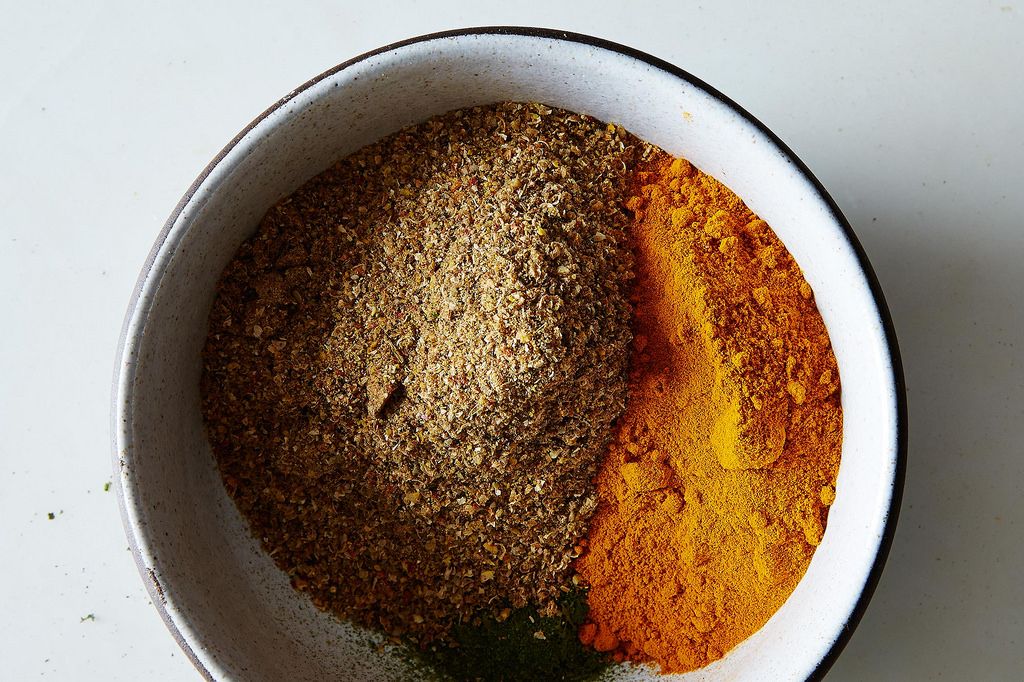
First things first: "Curry powder" is a catchall for Indian spice mixes, and it is important to know that there is no generic curry powder that is used in Indian cooking. There are a huge number of spice mixes (known as masalas) in Indian cooking, and each family has their own blend. It is not uncommon to find different ones in each region of India—and each masala recipe will vary slightly.
There are, however, a few blends that are universal to Indian cooking. In this post, I will introduce you to four spice mixes in Indian cooking—garam masala, Madras curry powder, tandoori masala, and chaat masala—that are staples in the Indian pantry.

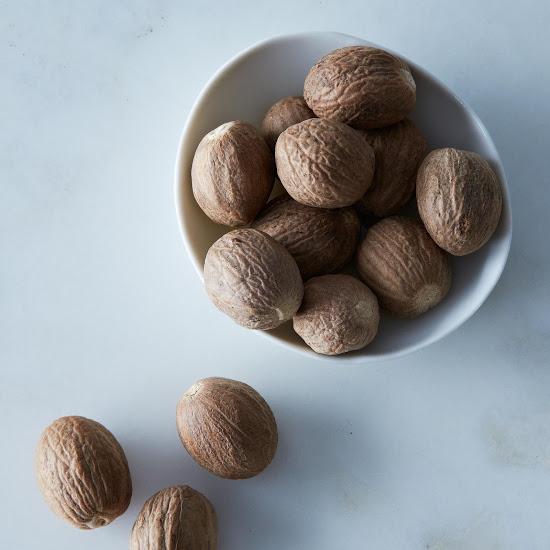
Garam Masala
Even though garam masala translates to "hot spice mix," this blend is not spicy, but rather very aromatic. In this context, "garam" translates to "warm," which is the perfect description for the flavorful and fragrant spices that make up this blend. It's a staple of most Indian recipes, used either in recipes or sprinkled on top a finished dish. Use it in recipes including Paneer Bhurji with Tawa Toast (Scrambled Paneer with Buttered Toast), 5 Bean Curry, and Ultimate Chicken Tikka Masala.
The most common ingredients in garam masala are green and black cardamom, cassia or cinnamon, coriander, cumin, nutmeg, mace, bay leaves, and black pepper.

Madras Curry Powder
This is probably the closest that an Indian family will come to describing a generic "curry powder." Madras blends are earthy, fragrant, and bright yellow and incorporate spices like fenugreek, curry leaves, and turmeric (which lends its trademark color), all of which are muskier and stronger-flavored than the milder garam masala spices. Madras curry powder can be made hotter or milder depending on the number and varieties of chiles used. Kashmiri chiles have a milder, more fragrant flavor, while smaller red chiles like dried bird’s eye will add more heat. Madras curry powder can be made into a wet masala by blending it with neutral oil and crushed ginger and garlic. The liquid in wet masalas will burn off as a meal cooks, allowing the spices to stick to the meat and vegetables.
More: Make your own Madras curry powder.
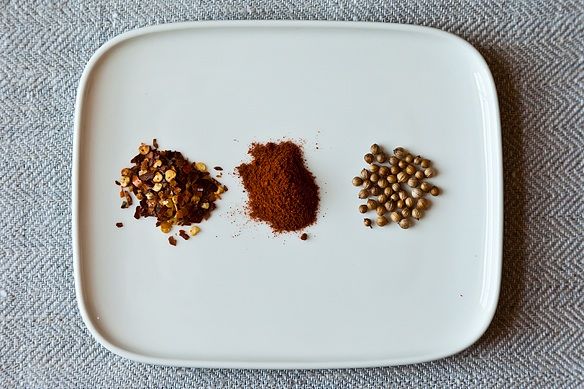
Tandoori Masala
Tandoori masala is the classic spice mix for tandoori-style dishes and is whisked with yogurt, ginger, garlic, and lemon or lime juice and used as a marinade. Tandoori masala can be used as a marinade for almost anything, including but not limited to chicken, red meat, paneer, and vegetables. It also can be used as a spice mix for butter chicken and chicken tikka masala.
A lot of store-bought versions will have added salt and citric acid, along with red food coloring, so it really is worth making your own tandoori masala. If using store-bought, you may need to adjust the salt and lemon juice in your recipe so that the marinade doesn’t taste too salty.
The bright red color of my tandoori spice mix comes from the use of the darker, more vibrant Kashmiri chiles. If your mix is not as red, then a quick hack is to use plain, sweet paprika, as it adds vibrant color without messing too much with the flavors in the mix.
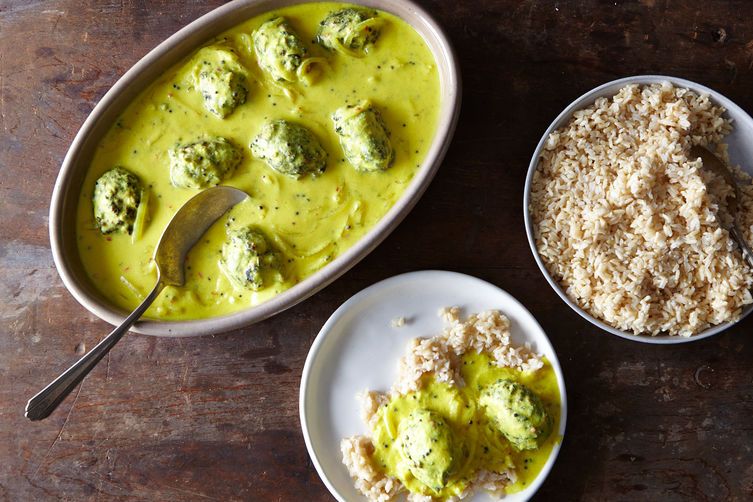
Chaat Masala
Chaat masala is an unusual spice mix, as it is one the few mixes that is not cooked in dishes—instead, it's used as a finishing spice. It is not the easiest of mixes to make and usually incorporates more than 15 spices, as well as the hard-to-find kala namak, or Indian rock salt. Chaat masala is, however, very easy to find in most Asian groceries, and some of my favorite brands are Everest, MDH, and Shan. It is sometimes labeled as "chunky chat masala," which is usually the same as regular chaat masala.
The predominant flavor in chaat masala is amchur, or dried mango, and the aforementioned Indian rock salt. They add deliciously funky and tangy notes to this spice blend, which is used in most Indian street food. Chaat masala is delicious sprinkled on fresh-cut vegetables and fruit, and it is common to find it in dishes like pani puri and drinks like nimbu pani.
More: Use your chaat masala in Punjabi Buttermilk Stew with Buttermilk Dumplings.

Store-Bought or Homemade?
Like most quality ingredients, spice mixes are best when made fresh. The fresher the spice mix, the better your dish, and many recipes will tell you to make them on the spot.
Homemade spice mixes are very easy to put together. The best thing about homemade spice mixes is that you can vary your spices to make your own personalized blends. You can add more or less of a particular spice, based on your preference. For example, you can make your garam masala with more cinnamon and less coriander, or with more nutmeg and mace and less cloves, to add a unique, bespoke flavor to your curries and recipes.
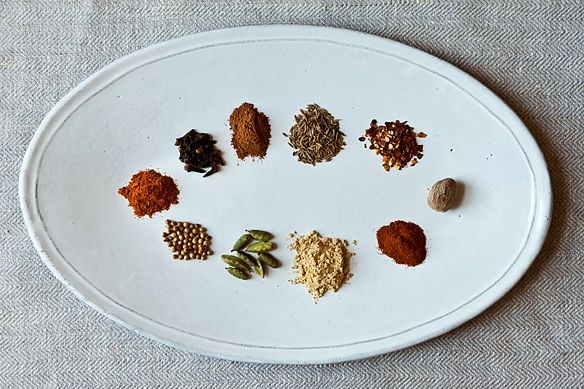
To make spice blends at home, each spice must be dry-roasted separately, cooled, and ground. You can use a spice grinder or a blender to blend spices to a fine powder; it takes a lot of time and effort to powder Indian spice mixes in a mortar and pestle. Indian families use a special kind of long pestle to ensure that the spices are ground just right. This mortar and pestle is not always available outside of India, so the majority of people now use spice blenders to grind spice mixes. You also could repurpose an old coffee grinder. To remove the smell of coffee from it, grind a large handful of rice, which will get rid of any lingering odors.
More: Learn how to clean your spice or coffee grinder.
If you don’t fancy making your own spice mixes (or you don't have time), there is absolutely nothing wrong with store-bought versions. The best places to buy them are Asian or Indian groceries, as they tend to have quite a fast turnover, which means the blends will be fresher. You cannot swap one type of spice mix for another, as they are very distinctive in their flavors, aromas, and tastes. However, if your recipe calls for a generic "curry powder," use a mild version of the Madras curry powder.
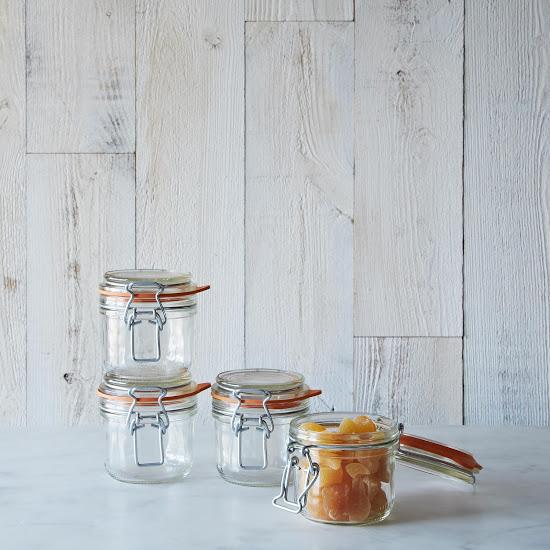
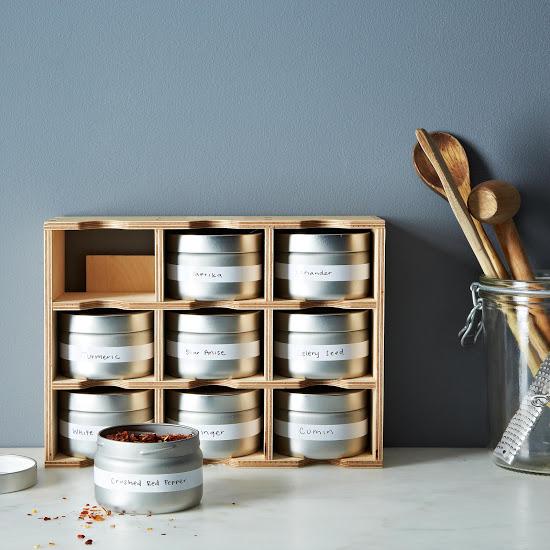
How to Store Spice Mixes
Whole spices keep a lot longer than ground spices. I buy whole spices in bulk and store them in sealed bags in the basement.
Once you’ve made your spice mixes, the best way to store them is in an airtight container that is kept in a cool, dark place, as spices degrade faster when exposed to light and air. Once ground, spice mixes have a shelf life of anywhere between three to six months, depending on how they're stored. I usually make about one cup of my essential spice mixes at a time, and they usually last me a couple of months.
If you're buying spice mixes from the store, empty the packets into an airtight container, as it will help the blends stay fragrant for longer. Discard any blends that are older than a year or have lost their fragrance.
Do you have a special spice blend that you love making and using? Let me know in the comments.
Photos by James Ransom and Michelle Peters-Jones











See what other Food52 readers are saying.